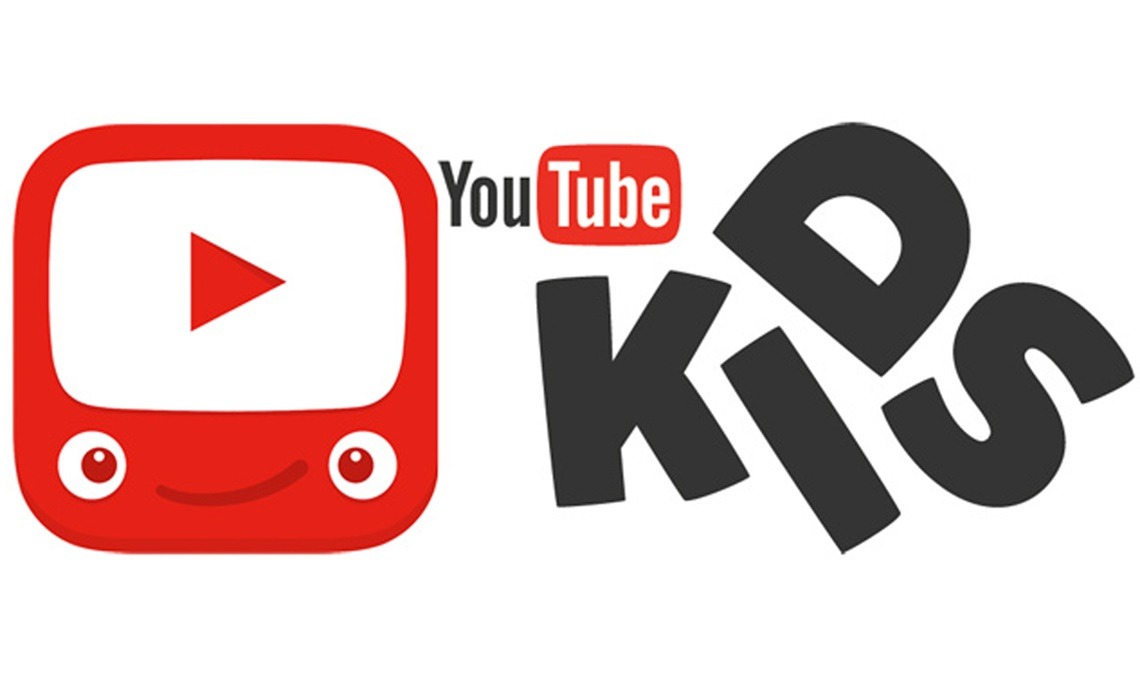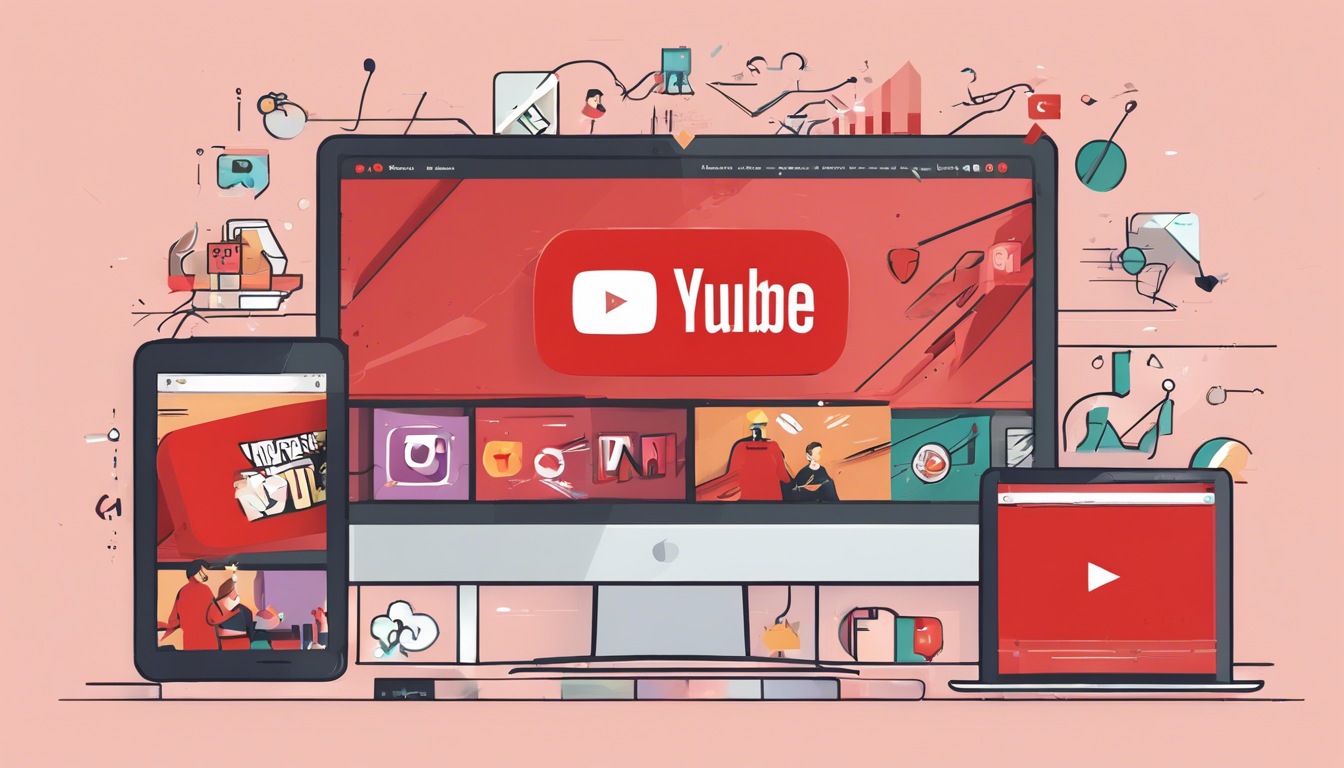Every age and gender knows one or two about information technology, whether consciously or unconsciously. You would know why I said that in a moment. So the Harvard Business Review coined the term information technology so we could know the difference between purpose-built machines that are created to perform a limited scope of functions and those of general-purpose computing machines that could be programmed for various tasks.
Though the IT industry came from the mid-20th century, it has evolved beyond understanding, increasing computing capability and decreasing device cost and energy consumption. This is a cycle that doesn’t seem to stop even when new technologies are developed. Let’s now dive fully into what Information Technology really is.
What is Information Technology?
Information Technology, commonly referred to as IT, is a broad and very unique field that mainly gathers around the use of computer systems and telecommunications to store, retrieve, transmit, and manipulate data. A simple introduction to IT reveals its pervasive presence in our daily lives, influencing various aspects such as communication, entertainment, education, and more.
When we mention the world IT in our today’s era, we acknowledge that it is quite useful and important in molding how we interact with the world around us. From smartphones and social media platforms to online banking and e-commerce websites, the impact of IT is undeniable.
At the core of Information Technology are computers and networks. Computers serve as the primary tools for processing and storing data, while networks gives in to the seamless exchange of information between devices across different locations.
The Evolution of Information Technology
The evolution of IT has been marked by significant advancements in hardware, and software, and how rude would it not be to mention connectivity? From the invention of the first programmable computer to the development of cloud computing and artificial intelligence, Information Technology has continually evolved to meet the changing needs of society.
The transformative power of IT is evident in its global impact. It has refined and revolutionized so many industries, streamlined processes, and connected people on a scale never seen before. From healthcare and transportation to business operations and entertainment, Information Technology has reshaped countless aspects of our modern lives.
The Importance of Information Technology
Now, what really is its importance? We know that it has reshaped our world like never before, but how has it done all these we’ve talked about? IT plays an intriguing role in both education and daily life. It has shaped the way we learn, communicate, and engage with entertainment. Let’s explore the significance of IT in these two key areas.
Information Technology in Education
- Information Technology has revolutionized the educational landscape by providing access to a wealth of resources and tools. Students can now leverage online libraries, academic databases, and e-books to conduct research and enhance their learning experience. Additionally, interactive educational software and multimedia content have transformed traditional teaching methods, making learning more engaging and effective.
- The integration of IT into education also equips students with essential skills needed for future careers. From basic computer literacy to advanced programming and data analysis, exposure to Information Technology prepares students to not only survive, but thrive in a technology-driven workforce. Online learning platforms offer flexible opportunities for skill development, allowing individuals to pursue specialized fields within the IT industry.
Information Technology in Daily Life
- The influence of IT on communication is very obvious in our daily lives. It has redefined how individuals connect and interact with each other. With the advent of email, instant messaging apps, and social media platforms, communication has become instantaneous and global. Video conferencing tools have further facilitated remote collaboration and strengthened connections across geographical boundaries.
- Entertainment experiences have been greatly enhanced by Information Technology, offering a variety of options for leisure and enjoyment. Streaming services provide on-demand access to movies, music, and TV shows, while gaming platforms offer immersive virtual experiences. With IT, advancements in augmented reality (AR) and virtual reality (VR) have opened up new frontiers in entertainment. It has captivated audiences with interactive storytelling and immersive simulations.
Key Components of Information Technology
When delving into the realm of Information Technology, it’s essential to understand the fundamental components that power your devices and enable them to perform various functions.
What Powers Your Devices
The hardware components of a computing device encompass a wide array of physical elements (hardware), including the central processing unit (CPU), random access memory (RAM), storage drives, and input/output peripherals. These components work all in all to process data, execute commands, and drive user interactions. Understanding the role of each hardware component is important for optimizing device performance and functionality.
In contrast to hardware, software refers to the intangible programs and applications that enable users to perform specific tasks on their devices. Operating systems such as Windows, macOS, and Linux serve as the foundation for managing hardware resources and running other software applications.
Likewise, productivity software like word processors, spreadsheets, and presentation tools enhance user productivity by providing efficient means for creating and managing digital content.
The Internet and Connectivity
The internet serves as a global network that interconnects millions of devices worldwide, enabling seamless communication, data exchange, and access to information.
The internet has revolutionized how you communicate, collaborate, and access resources across geographical boundaries. Through email services, instant messaging platforms, social media networks, and video conferencing tools, you can engage in real-time interactions with others regardless of your physical location. Moreover, the proliferation of online forums and communities has facilitated knowledge sharing and collective problem-solving on a global scale.
The Importance of Cybersecurity
As reliance on digital connectivity grows, so does the need for robust cybersecurity measures to safeguard sensitive information from unauthorized access or malicious activities. Cybersecurity encompasses a range of practices aimed at protecting networks, systems, and data from cyber threats such as malware, phishing attacks, and unauthorized intrusions. Implementing strong passwords, encryption protocols, firewalls, and regular system updates are great steps in creating a digital fortress against potential security breaches.
How to Get Started with Information Technology
If you’re eager to embark on a journey into the world of Information Technology, there are various resources and strategies available to kickstart your learning process.
Learning Resources for Beginners
Let’s explain further.
Online Courses and Tutorials
Dive into the realm of Information Technology by joining online courses and tutorials tailored for beginners. Platforms like Coursera, Udemy, and Khan Academy offer a diverse range of courses covering topics such as computer basics, programming languages, cybersecurity fundamentals, and more. These interactive learning experiences give a structured approach to acquiring foundational knowledge in Information Technology.
Books and Magazines Worth Reading
Expand your understanding of Information Technology through insightful books and magazines that cater to beginners. Publications like “Technology Today” and “IT Essentials: PC Hardware and Software Companion Guide” offer comprehensive insights into the fundamental concepts of IT, making them valuable resources for individuals starting their journey in this field.
Building Your First IT Project
Put your newfound knowledge into practice by embarking on simple IT projects that reinforce your understanding of key concepts. Consider building a personal website using HTML and CSS, creating a basic mobile app with user-friendly interfaces, or setting up a small home network to explore networking principles firsthand. These hands-on projects serve as stepping stones for honing your practical skills in Information Technology.
Conclusion
As you delve into your first IT project, embrace the learning process by experimenting, troubleshooting, and seeking guidance when faced with challenges. Emphasize the importance of perseverance and resilience as you navigate through potential setbacks. Reflect on each experience as an opportunity for growth, allowing yourself to learn from mistakes while refining your problem-solving abilities.






